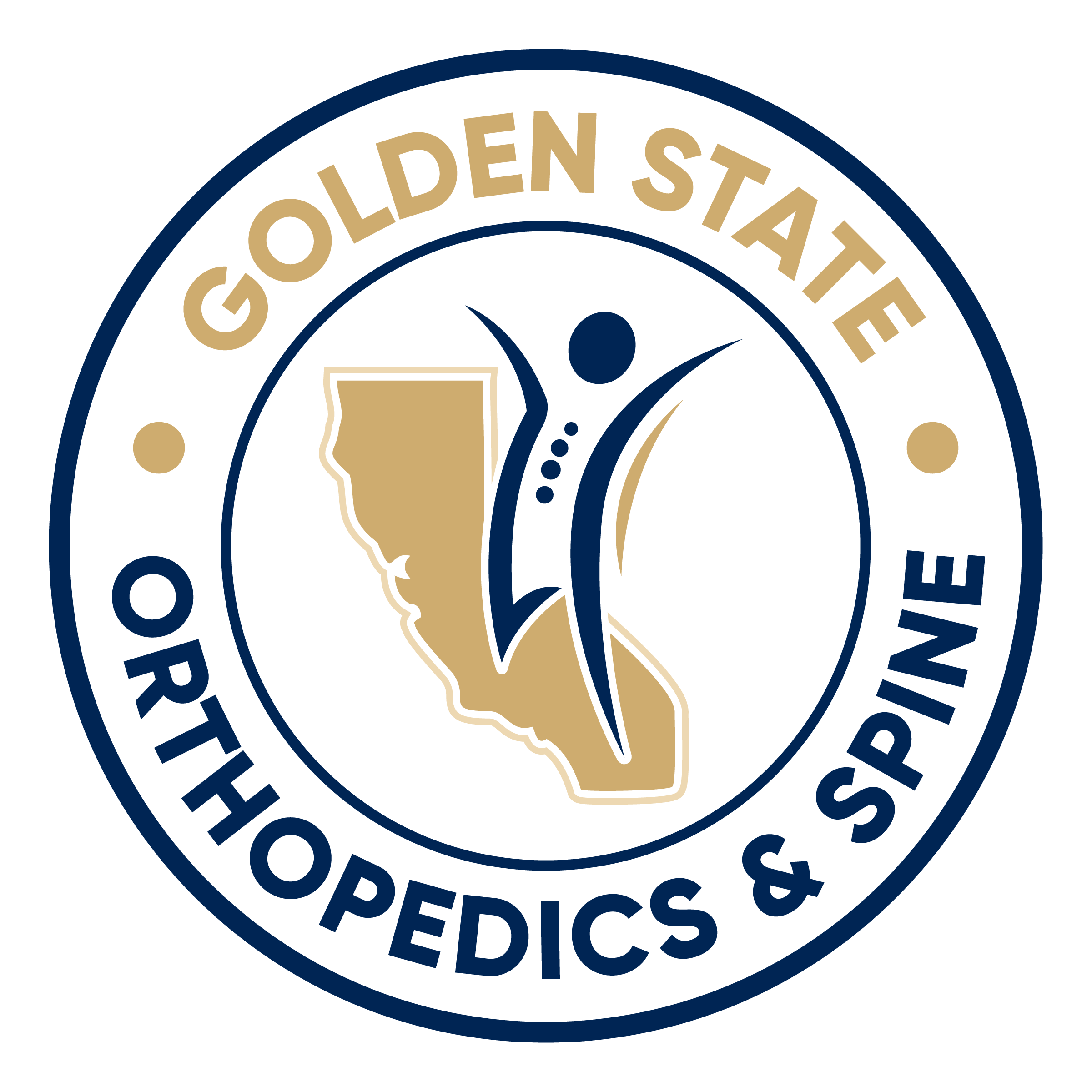Mini-Knee Surgery Offers Promise Of Quicker Recovery
WALNUT CREEK, CA – (March 14, 2004) – – Eleven days after a total knee replacement, 79-year-old Matthew Conners stopped by to see his doctor, walking in without crutches or a cane.
He asked if he could start driving again.
The Oakland resident had a remarkably quick recovery thanks to a new surgical technique called the “mini knee.” Growing numbers of surgeons now use the procedure to reduce pain and speed rehabilitation. The technique produces the same result as a traditional knee replacement without cutting through muscle or tendon. It is part of a nationwide movement toward less-invasive surgery.
“This represents a major achievement in the evolution of knee surgery,” said orthopedic surgeon Ramiro Miranda of John Muir Medical Center in Walnut Creek. He estimates he is one of four East Bay surgeons who perform the procedure. “It allows us to treat the problem with much less trauma to the joint and the soft tissue in the surrounding area.”
Each year in the United States, more than 350,000 people undergo knee replacement surgeries.
People opt for the procedure after arthritis or injury causes gradual deterioration of the bone coating. The loss of cartilage makes bones rub together, producing inflammation and pain.
Because of the long recovery from a typical knee replacement, many people postpone surgery until the pain becomes unbearable or they can no longer sleep, Miranda said.
Patients often have a three- to five-day hospital stay, followed by one to three months of recovery using a cane or walker. It might be 45 days before they can drive. The “mini knee” procedure dramatically reduces that time frame. Conners had surgery Thursday morning and left the hospital Saturday, walking slowly to his car. “It came out better than I expected,” he said.
Mini-knee patients often walk unassisted in two weeks to one month after surgery.”
For both types of knee operations, a surgeon begins by removing the damaged surface of bones that rub together. The surgeon resurfaces the bones with metal and plastic to cushion and protect them.
The difference between the two techniques centers on how surgeons reach the implant site. Traditionally, doctors make a 7- to 8-inch incision over the front of the knee, cutting through a quadriceps muscle and tendon. Then they peel back the kneecap for easy access to the work area.
The mini-knee surgeons make a smaller 3-inch incision to the side of the knee, then slide under muscle and tendon to reach the implant site. Sparing the muscle and tendon from cuts results in less scarring and trauma. Special tools are needed because of the smaller operating area and the difficulty in accessing it from the side.
One drawback for surgeons: Miranda estimates it takes him twice as long to do the mini knee procedure as a typical knee operation, which takes about 45 minutes. “I have to struggle more,” he said. “I have to work harder to get the result I want. But the patient is going to benefit.”
Miranda began doing a modified version of the mini knee surgery late last year. A month ago, he obtained specialized equipment and has done five operations with the newest tools. He spent two days in training, including practicing with a cadaver.
Zimmer Inc., a firm based in Warsaw, Ind., manufactures the special surgery equipment, pioneered by Dr. Alfred Tria of New Jersey’s Robert Wood Johnson Medical School and Dr. Thomas Coon of Redding.
The first mini-knee surgery was performed in 1998. Hundreds of surgeons have trained in the method, said a Zimmer spokesman. The new approach won’t be for everybody. It isn’t recommended for people who are obese, those who have had previous knee surgery or people with excessive scarring. Miranda predicts only half of the people who need knee surgery will be candidates for the mini-knee operation.
Physicians recommend that people explore less drastic steps first, including anti-inflammatory medications and knee joint injections. Some doctors caution that the relative newness of the procedure provides little evidence about the long-term results. Talk to your pharmacist before purchasing anti-inflammatories as these medications may be contraindicated as they may interact with other medications and medical conditions.
But for Conners, less pain and the quicker return to his daily activities persuaded him to go ahead with the operation. “I didn’t like the thought of them going right down to the kneecap,” he said. “This to me was the answer.”
Eleven days after the surgery, Conners could bend his knee back 125 degrees with no pain.
He hopes to play golf soon, something he hasn’t done in three to four months. Physical therapists have been surprised at how quickly mini-knee patients regain the use of their knee, said Miranda.
“This new procedure can provide a different option that may prompt some people who have been living in pain and putting off surgery, to go forward,” he said.
For more information about Golden State Orthopedics & Spine, please contact us.



